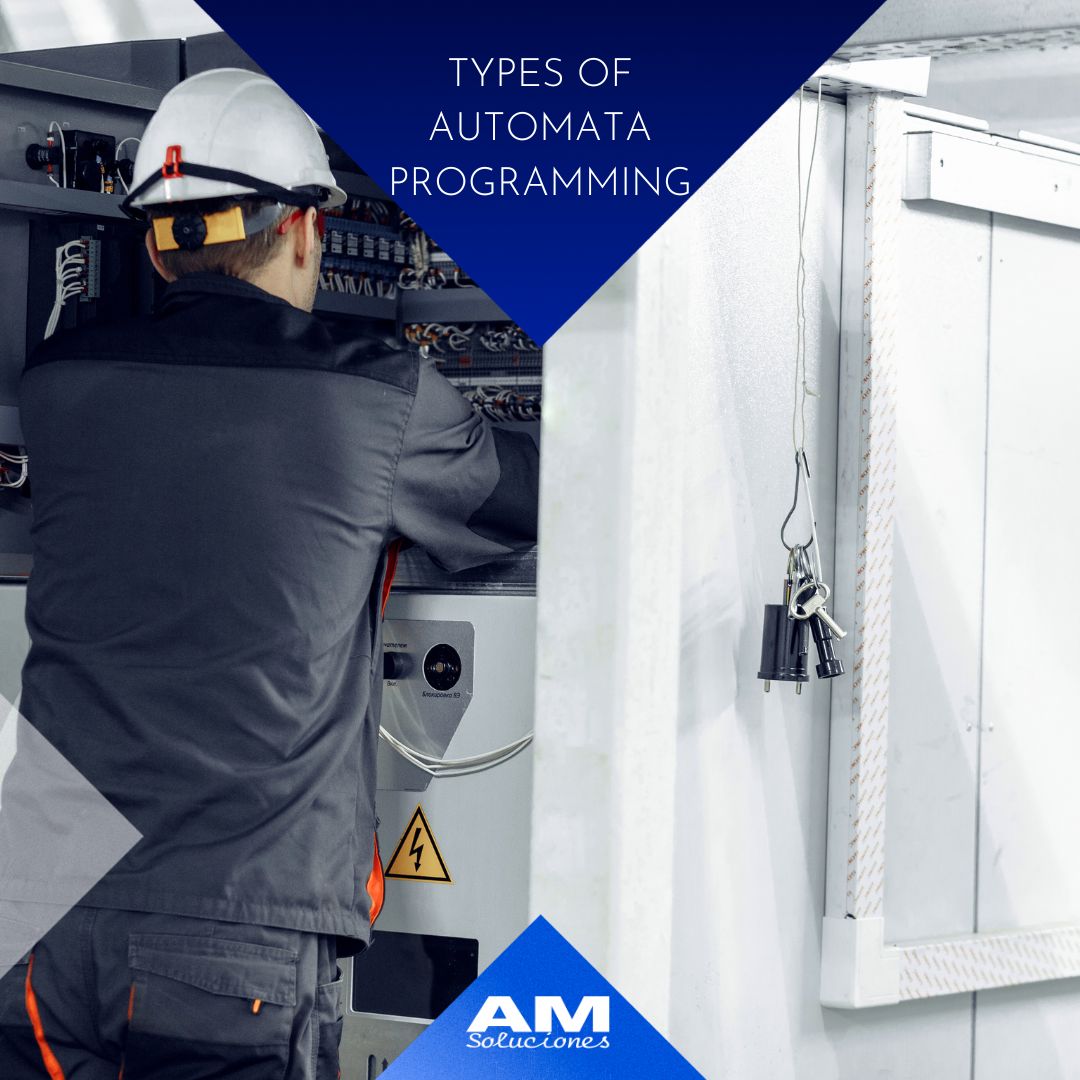PLC programming in today's industry is essential to increase efficiency, safety and productivity in industrial operations. PLCs, also called Programmable Logic Controllers (PLC), are electronic devices that play an essential role in the automation of industrial systems. Its purpose is to create commands that are translated into digital outputs that control complex machines and systems.
There are currently two types of automata programming languages that we will see below.
Text or Low Level Languages
Textual languages are considered low level because they are compiled with the microprocessor directly, they are older and more difficult languages that describe all the instructions to be carried out.
- Instruction List (STL): This language is designed for small applications due to its high level of complexity. It is used to define specific instructions for manipulating data, performing mathematical operations, and controlling the flow of program execution.
- Structured Text (ST) Programming: This automata programming language focuses on writing code in plain text. It allows a high level of expressiveness and programming capacity, using advanced structures. It is especially useful for complex projects that require more sophisticated control and logic.
There are also two more low-level languages that are deprecated, these are machine language and assembly. They were the ones that made development possible to these more complex languages.
Graphic or High Level Languages
These languages are the evolution of the previous ones. They have a graphical interface that facilitates their programming, however, it limits it to the established parameters.
- Programming in Ladder Language (LD): It is one of the most common methods for programming automata. Its name is due to the similarity it has with a ladder and uses graphic symbols similar to the elements of an electrical circuit. It is intuitive and easy to learn, saving time and cost, as well as clearly representing signal flow and logical operations.
- Programming in function block diagrams (FBD): it is a graphic way to program automata. It uses functional blocks through their interconnection to reflect the flow of control and operations in an industrial process. Each block represents a specific functionality. It is especially useful for programming that needs higher configurability.
- Sequential Function Chart (SFC): It is used to describe and control actions that must occur to achieve a specific objective. The diagram is made up of basic graphic elements that represent different stages. These are:
Stages (steps) – Graphically represented by rectangular boxes and show an action within the process.
Transitions (transitions) – Define the conditions to pass from one stage to another.
Conexions (conexions) – Link stages and transitions
At AM Soluciones we have professionals in programming automata and programming languages. Our team can help you develop efficient programs for your industrial control system.
